Suzutzuki in 1:350
About the last thing I did in 2009, was to finish the Susutzuki in 1:350 from Monochrome.
The Suzutsuki was the third ship of the Akizuki class destroyers, the class generally considered to be the best class of the japanese destroyers. Compared to the earlier classes, they were more defensive ships. They carried four torpedo tubes plus four reloads, half of what the earlier classes carried. On the other hand, considering that the reloading could be done very quickly, their eight torpedoes were just as many as any US destroyer carried.
The main improvement over the earlier classes was the artillery. Their 10 cm multi purpose double mounts were considered the best heavy AA guns of the japanese navy.
The Suzutsuki was compleded on the 20 Dec. 1942. She then did mostly escort duties.
On 15 Jan. 1943 she was hit by two torpedoes from USS Sturgeon. Her bow and stern were blown off and 135 men were killed, but she stayed afloat and was towed to Kure Naval Yard for repairs.
She went on doing escort duties until the 16 Oct when she was hit by a torpedo from the USS Besugo. Again a portion of the bow was lost, but she reached Kure and was repaired.
On 7 April 1945 she took a direct bomb hit forward while escorting the Yamato on her last mission. The forward turret was knocked out, the bow flooded and 57 men were killed, but she stayed afloat and returned to harbour stern first.
By the end of the war she was laying unprepared in Sasebo, used as a floating AA battery.
After the war she was used as a breakwater and then broken up.
The kit from Monochrome is excellent. For one thing the hull is in one piece, which is always popular in this shipyard.
Apart from scratchbuilding the funnel grills and doing some improvement to the midships AA platform, and scratchbuilding part of the masts, the build was very straight forward.
I had plenty of PE left over from the Takao that I used on the light AA and for the cable rolls.
Building cable rolls prom PE and rolling them with sewing thread is tedious and unrewarding work. It's very hard to get them straight and symmetrical. Luckily, these flaws aren't very noticeable once the rolls are in place.
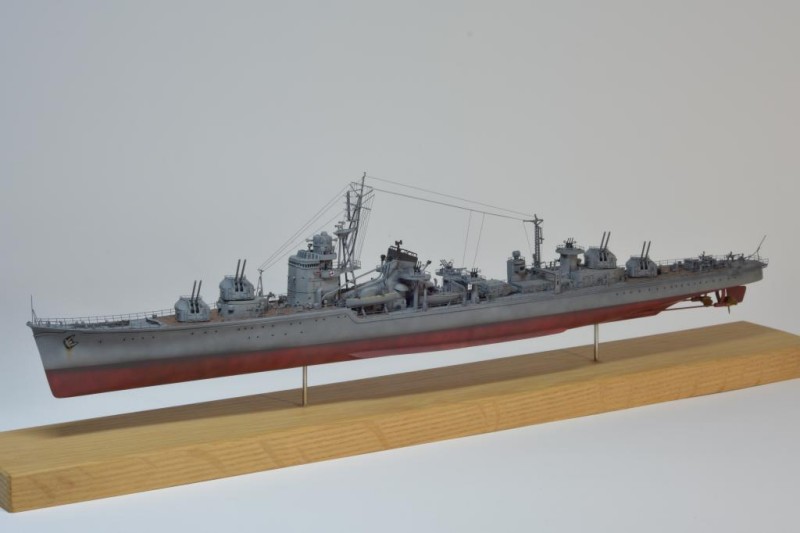
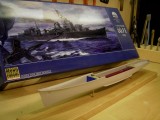


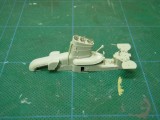
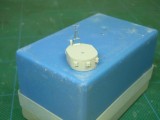
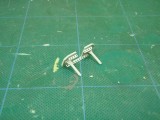
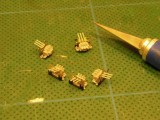
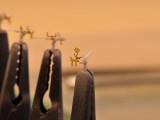

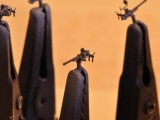
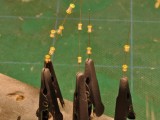
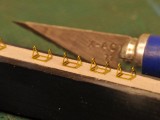
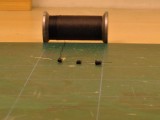
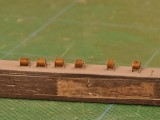
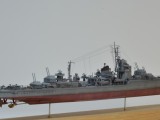
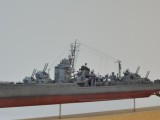


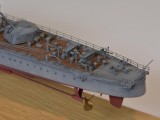
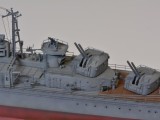
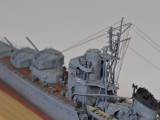
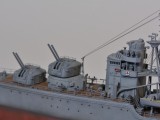
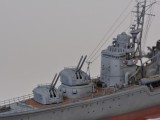
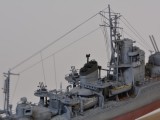
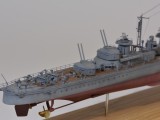
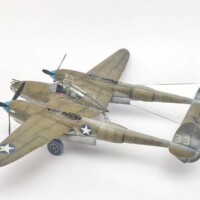
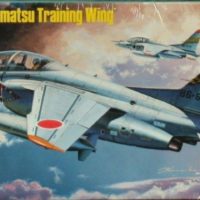
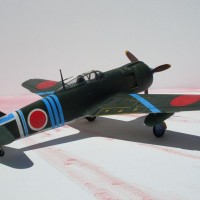
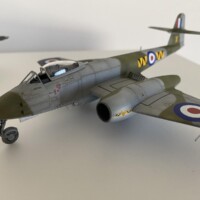
Amazing craftsmanship as usual, Ulf...not being a "ship guy", I'd not heard of that particular manufacturer before now. Beautiful job, sir. I envy your talent(s).
I hadn't heard of Monocrome either. Nor have I since I built this model. This is the only time I've encountered this manufacturer.
Fantastic details added Ulf, and the same as Craig "not being a ship person"
Wow, very cool. Love the workmanship. Great job.
Ulf,
You are indeed a master ship builder. Your workmanship is awesome
Thank you, Ulf, another very interesting piece of history and another terrific model to boot.
Stunning as usual, Ulf. Monochrome is a label from Asia, i guess. Trumpeter kits were sold under this banner too.
Yes, I'm pretty sure it's from Asia. There might be some connection with Trumpeter too. This kit, however, is clearly not made by Trumpeter. It has very little in common with your ordinary Trumpeter kit.
Another nice ship, Ulf. I'm about to set sail on the Japanese aircraft carrier Zuiho 1/400 card model (Poland). A Polish mate of mine from model club has been doing a card model of a Japanese destroyer for about two years, and it's really difficult to tell it's not plastic. It's about the only type of modelling I've yet to try, so we'll see.
Assuming that you keep on presenting your models in the order that you built them: it's a shame that we're in 2009 already. I'd really miss that Sunday evening pleasure and I hope that the past six years were very productive for you.
Was the deck of Suzutzuki covered with these linoleum mats again?
Thanks Halvar.
I have fourteen models left to write about, and adding the occasional report from some modelling event or museum, I'll be able to keep this tempo up for about four more months.
From then on the tempo will be much slower. I usually finish between four and eight models per year.
Yes, like most japanese ships, Suzutsukis deck was covered with linoleum mats.
Thanks, Ulf. I'm relieved that they'll keep on coming for a while.
Hello Ulf,
Very fine craftmanship. It looks stunning. Excellent photographs.
I appreciate the history text on the ship itself.
I did read that Japanese ships had a tendency to be topheavy. If I look at the armament from this DD, that explains alot.
Thanks Dirk.
As far as I know, it wasn't the japanese destroyers, but rather their heavy cruisers that were top heavy. Takao and Atago had their upperworks cut down and bulbs added to their hulls. The cruisers of the Mogami class had to be rebuilt after the first trials.
Top heavy ships was no japanese monopolyy though. The US Essex class carriers and the Cleveland class carriers were top heavy too and some class of US destroyers had to be ballasted to improve their stability.
The german destroyers could not use all their fuel. some 20% had to be left in the tanks as ballast.
Ship design is all about compromises. If you squeeze too much speed, armour and armament into a given displacement, you get problems. Usually in the form of poor stability and seekeeping abilities.
Hello Ulf,
Thanks for the explanation.
It's just like in daily live, compromises.
Regards,
Dirk
Beautiful work!
Ulf
Very, very nice !, I don't do ships, but I like good models and I really like this one. Good work.
(I'm trying to figure out if it was a lucky ship or unlucky).
Seeing that she was one of the few japanese ships that survived the war, I would say she was a lucky ship.
Fantastic as usual! Sounds like this boat had a hard time. It done well to stay afloat!
This work is absolutely magnificent, congratulations..very nice model Urf.